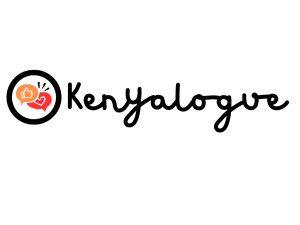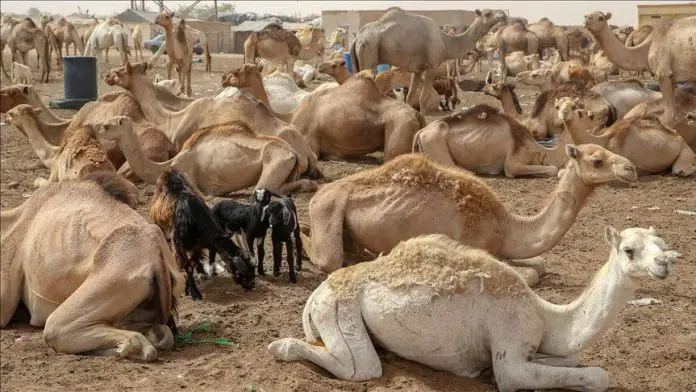Kenyan pastoralist communities in the northern and northeastern regions have long relied on camels as part of their livelihoods.
These beasts of burden are used for transport, sports, religious functions, and the provision of products such as milk, meat, hide, and wool.
They are hardy and easy to maintain in arid and semi-arid regions.
The camel population in Kenya has been increasing in recent years, from 0.8 million in 1999 to 3 million in 2009.
Camels can be bought and sold in Kenya in different marketplaces or from individual farmers.
Factors That Determine the Prices of Camels in Kenya
While camels are reliable animals for milk and meat production, their prices can vary depending on a variety of factors, including:
- Age and Gender: Male camels are generally more expensive than females as they are used for breeding purposes. Younger camels are also more affordable than older ones since they are not yet fully mature and may not have the same level of experience or training.
- Location and Season: There are different camel markets located in different regions, and prices can vary depending on the location. Prices also tend to fluctuate based on the season, with prices being lower during the rainy season when there is an abundance of food and higher during the dry season when food is scarce.
- Health and Appearance: Camels that are healthy and well-groomed tend to fetch higher prices than those that are sickly or poorly groomed. Buyers will often inspect a camel to check for any signs of disease or injury before making a purchase.
- Purpose of the Camel: Camels used for racing or breeding will generally command higher prices than those used for transportation or as a source of milk. This is because they are considered more valuable in terms of their potential return on investment.
- Market Demand: When there is a high demand for camels, prices tend to go up, and vice versa. For example, during festive seasons such as Eid al-Adha, demand for camels tends to be high, leading to higher prices.
Cost of Young Calves
If you want to venture into camel rearing in Kenya, the real challenge is buying a calf.
The price of the calf ranges from 12,000 to 60,000 shillings. On average, you can find a calf at 20,000 shillings.
The calves in the lowest price category are newborn calves to one-year-old calves.
As they start weaning, the price jumps to 40,000 to 60,000 shillings.
Calves suckle for up to 1 ½ years, and it may take up to 4 years to mature.
Price of a Camel in Kenya

You may consider getting a mature camel if you need to use it for transporting water, carrying goods, or for sports and other recreational activities.
An adult cow camel costs 65,000 to 100,000 shillings, while a mature bull camel may cost as little as 70,000 to 110,000 shillings, depending on the size and training.
How Much Is Camel Meat per Kg in Kenya?
Camel meat has proven to be more beneficial than cattle beef as it is low in fat and cholesterol and high in iron and proteins.
It also contains anti-inflammatory, antioxidant, and immunostimulatory effects; hence it is costly globally.
On average, you can buy a kilo of camel meat for 250 to 450 shillings.
Price of Camel Milk in Kenya
Camel milk has been consumed in Kenya for as long as camels have been reared.
The price of camel milk is a bit high compared to cow milk, but it can go for as low as 100 shillings per liter at the producer level.
But once it has been value-added by pasteurization, packaging, and storage, a liter can retail for 300 shillings in supermarkets and shops.
Maintenance Cost of Camels in Kenya
Camels are easier to maintain than cattle as they can forage on twigs and leverage their height to get food.
They are also hardy and disease-resistant, but you may need to spend a little cash on vaccination every year, at about 1500 shillings per year.
You would also need water, salt, acaricides, and antibiotics to treat common camel maladies as well as pay for personnel such as veterinarians and herders, which may cost up to 20,000 to 50,000 shillings per camel.
Final Thoughts
Buying and maintaining camels is sustainable, as they can graze in the harshest conditions while producing up to 10 liters daily.
They are easy to maintain in arid and semi-arid regions as well as in wet regions.
All you need is to ensure they get the proper nutritional needs, they are healthy, and in no time, you will reap the benefits.



